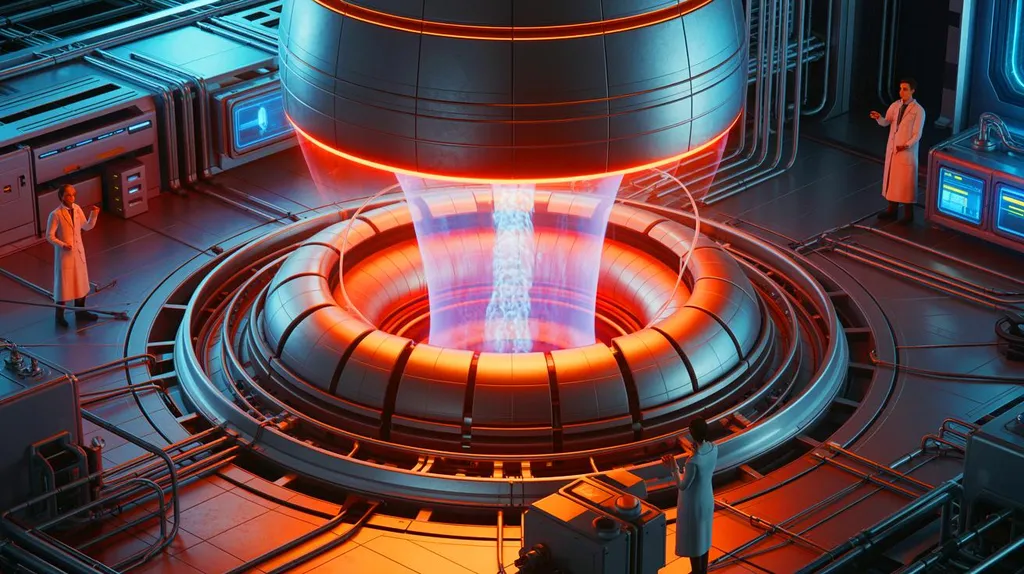In the quest for cleaner, more efficient energy, scientists are continually pushing the boundaries of fusion research. A recent study published in the journal *Nuclear Fusion* (formerly known as *Fusion Energy*) and led by Dr. K. He from the Institute of Plasma Physics at the Chinese Academy of Sciences, offers a fresh perspective on how magnetic perturbations can influence the behavior of fast ions in tokamaks, the doughnut-shaped devices that house fusion reactions.
The study focuses on resonant magnetic perturbations (RMPs), which are small magnetic fields applied externally to tokamaks to control plasma instabilities. These perturbations can significantly affect the transport and confinement of fast ions, which are crucial for sustaining fusion reactions. Dr. He and his team have developed a new method to analyze the spectral configurations of RMPs and their impact on fast-ion resonances.
“The spectral configurations of RMPs play a key role in the transport and confinement of fast ions,” Dr. He explained. “Our study provides a quantitative investigation on how the RMP spectrum affects fast-ion resonances in the EAST tokamak.”
The researchers implemented the action-angle transform in the ORBIT-RF code, a tool used to simulate the behavior of fast ions in tokamaks. This approach allowed them to perform accurate estimates of the drift orbit island width for both passing and trapped ions without resorting to Poincaré plots, a traditional method that can be time-consuming and less precise.
One of the key findings of the study is that the peripheral resonance of passing ions is contributed by a wide range of poloidal harmonics of RMPs. Moreover, the team observed a second peak in Hamiltonian contributions in the response RMP case, a phenomenon that is linked to both the radial excursion of the particle orbit and the angular drift motion.
For trapped ions, the difference in loss rates between the vacuum and response RMP cases can be explained by the relative phases of Hamiltonian contributions. “The contributions are mostly in phase in the vacuum case but out of phase in the response case,” Dr. He noted. This insight offers a new perspective on the optimization of RMP spectrum, which could lead to improved plasma confinement and stability in future fusion devices.
The implications of this research are significant for the energy sector. By better understanding and controlling the behavior of fast ions in tokamaks, scientists can enhance the efficiency and stability of fusion reactions, bringing us closer to the realization of clean, sustainable fusion energy.
As Dr. He and his team continue to refine their methods and analyze the data, their work could pave the way for advancements in fusion technology, ultimately contributing to a more secure and sustainable energy future. The study not only advances our understanding of fast-ion behavior but also offers practical insights for optimizing RMP spectra in tokamaks, a critical step toward achieving practical fusion energy.

